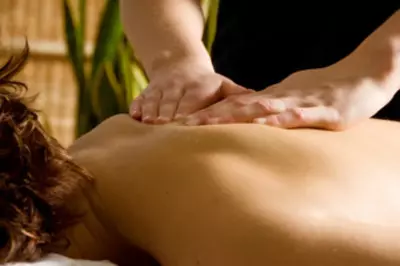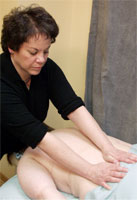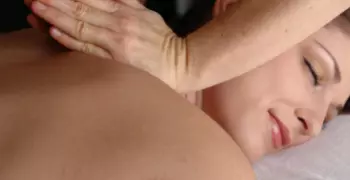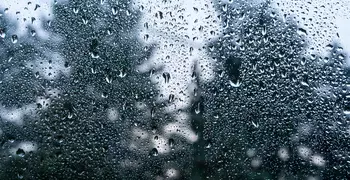Massage Therapy

Common styles
As the profession of massage therapy has grown, and more people are investing time and money in feeling better, many new terms are being used to market massage. As a result, it can be hard to understand just what is being offered.
To try to reduce the confusion, we have created two tables that explain various terms. The first table lists commercial names that are often associated with relaxation styles of massage; the second lists names associated with clinical styles. (A style of massage uses a set of specific techniques for a specific outcome. In a typical massage session, a therapist often uses more than one style to address different health goals.)
What are relaxation styles?
Relaxation styles of massage offer gentle techniques. The goal, or intention, of relaxation massage is to reduce stress, promote overall wellness, relax muscles, diminish pain, and move body fluids (such as blood) to nourish cells and help remove waste products.
Specific goals for relaxation massage include:
- Relief for tight muscles (knots) and other aches and pains
- Improved circulation
- Reduction of stress
- Enhanced sense of wellbeing
- Improved mood (reduction in depression, anxiety, and anger)
- Improved sleep patterns
- Increased energy and vitality
- Experience of comfort through touch
(If you want to see videos of specific techniques, go to What Can I Expect in a First Visit? and scroll down to "Some typical techniques.")
| Style/Commercial names | Common Techniques |
|
|
What are clinical styles?
Clinical styles of massage differ from relaxation because they focus on therapeutic goals (for example releasing muscle spasms or strengthening or stretching specific muscles affected by an injury). They use more specific manipulation of the muscle and/or surrounding connective tissue and may address other systems in the body such as the lymphatic, circulatory, and nervous systems.
Specific goals for clinical massage include:
- Reduce pain
- Release muscle tightness
- Repair injured tissues, muscles, tendons, ligaments
- Release adhesions
- Release scar tissue
- Release nerve compression
- Greater flexibility and range of motion
| Style/Commercial name | Common Techniques |
|
|

